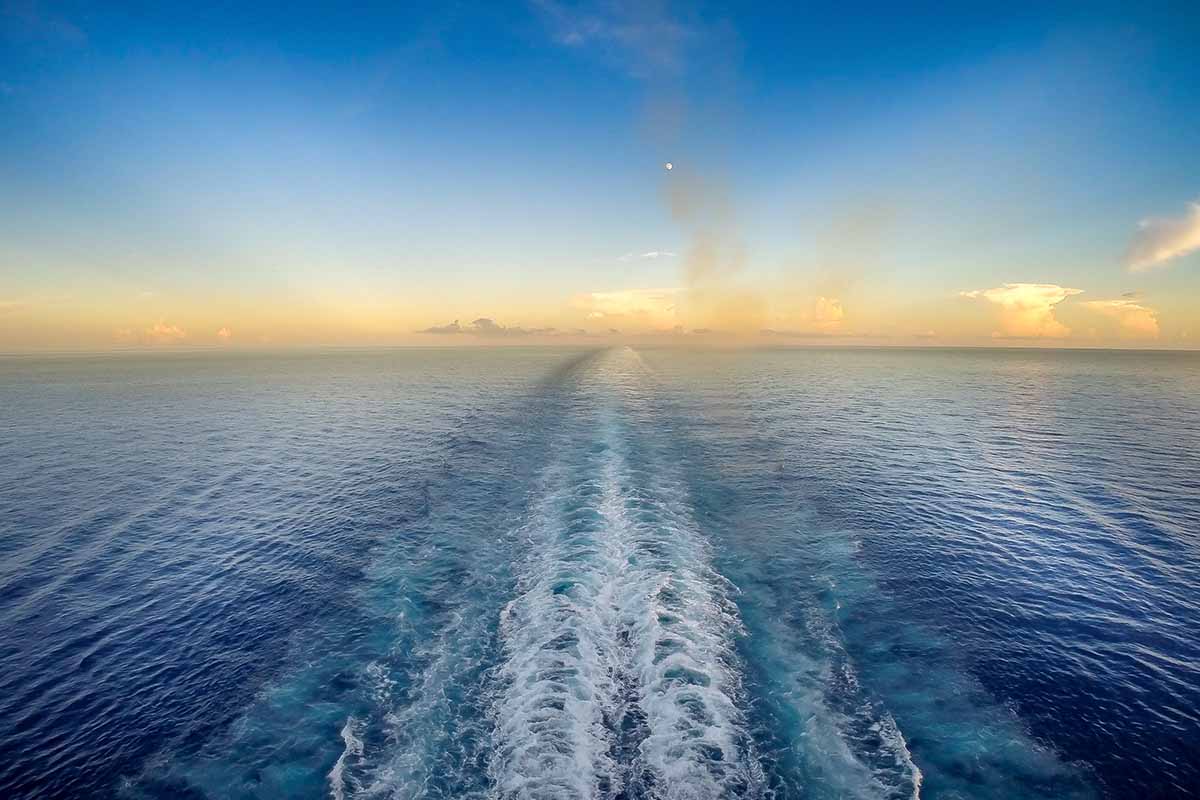Itinerary

Day 1 : Athens/GREECE
Piraeus is the seaport for Athens, the capital of western civilization, which boasts a fantastic mix of classical ruins and vivacious modern life. In a single day, you can climb the hill of the Acropolis to wonder at the Parthenon, join the lively Athenians in Constitution Square, and then find a welcoming taverna for some spirited bizouki music, plenty of ouzo to drink, and with luck, energetic Greek dancing.

Day 2 : Mykonos/GREECE
The narrow passageways of Mykonos are a twisted maze of whitewashed houses, miniature churches, lazy windmills, and tiny cafes serving up Greek specialties. Sample the freshest squid or lobster just snatched from the blue Aegean Sea, or shop for typical flokati rugs.
Day 3 : Istanbul/TURKEY
Once called Constantinople, the former capital of the Byzantine Empire is the only city in the world to straddle two continents: Europe and Asia. This is the Golden Horn, the door between East and West, and your first vision of its domes and minarets is unforgetable. Hagia Sophia, the Blue Mosque and Sultan treasures in Topkapi Palace await - as does the Grand Bazaar, laden with carpets, beaten brass and spices from afar.
Day 4 : Istanbul/TURKEY
Once called Constantinople, the former capital of the Byzantine Empire is the only city in the world to straddle two continents: Europe and Asia. This is the Golden Horn, the door between East and West, and your first vision of its domes and minarets is unforgetable. Hagia Sophia, the Blue Mosque and Sultan treasures in Topkapi Palace await - as does the Grand Bazaar, laden with carpets, beaten brass and spices from afar.

Day 5 : At Sea
Day 6 : Ephesus/TURKEY

Day 7 : Rhodes/GREECE
Legend has it that Apollo blessed this isle with sunshine and beauty. True to the myths, the "Island of Roses" is rich in magnificent scenery and umbrella-lined beaches. Take an excursion to Lindos, where high on a hill rises an ancient acropolis dedicated to the goddess Athena. You will also want to see the medieval Old Town, once home to the Crusading Knights of St. John, and tour the Grand Master's Palace, an Italian restoration famed for its superb mosaic floors.
Day 8 : Heraklion
Heraklion, the capital of Crete and its principal commercial port, is just three miles away from the fantastic ruins of the Palace of Knossos. Discovered in 1899 by Sir Arthur Evans and partially reconstructed, the elaborate Palace is believed to be the mythical Labyrinth of King Minos and the seat of ancient Minoan culture. The Archaeological Museum in Heraklion displays many of the treasures found during the excavations.

Day 9 : At Sea
Day 10 : Tunnis/TUNISIA
Day 11 : Palermo/ITALY
Once regarded as Europe's grandest, most beautiful city, Palermo is still quite impressive. The Four Corners of Palermo, where each 17th-century Spanish Baroque facade is adorned with a statue, is one of the city's most memorable sights. The Fontana Pretoria, often called the Fountain of Shame because of its nude Florentine figures, is also worth noting. Tour the famous Norman Cathedral and Capuchin catacombs. A day trip to Monreale to see the famous 12th-century cathedral is also recommended.

Day 12 : Amalfi/ITALY
Amalfi is on Italy's western coast, facing the Mediterranean Sea. Nearby is Mt. Vesuvius, the volcano that buried the ancient city of Pompeii. The island of Capri is just offshore. Naples, the region's largest city, lies northwest of Amalfi.

Day 13 : Rome/ITALY
The port of Civitavecchia is the gateway to The Eternal City, where all roads lead. Mad traffic careens past monuments of the great civilizations of the past. You will want to see it all: the soaring inspiration of St. Peter's, the Vatican and the Sistine Chapel; the flow of life along the Spanish Steps, the Coliseum, the Via Veneto and Trevi Fountain. Be sure to leave time for la dolce vita in one of the piazzas.


